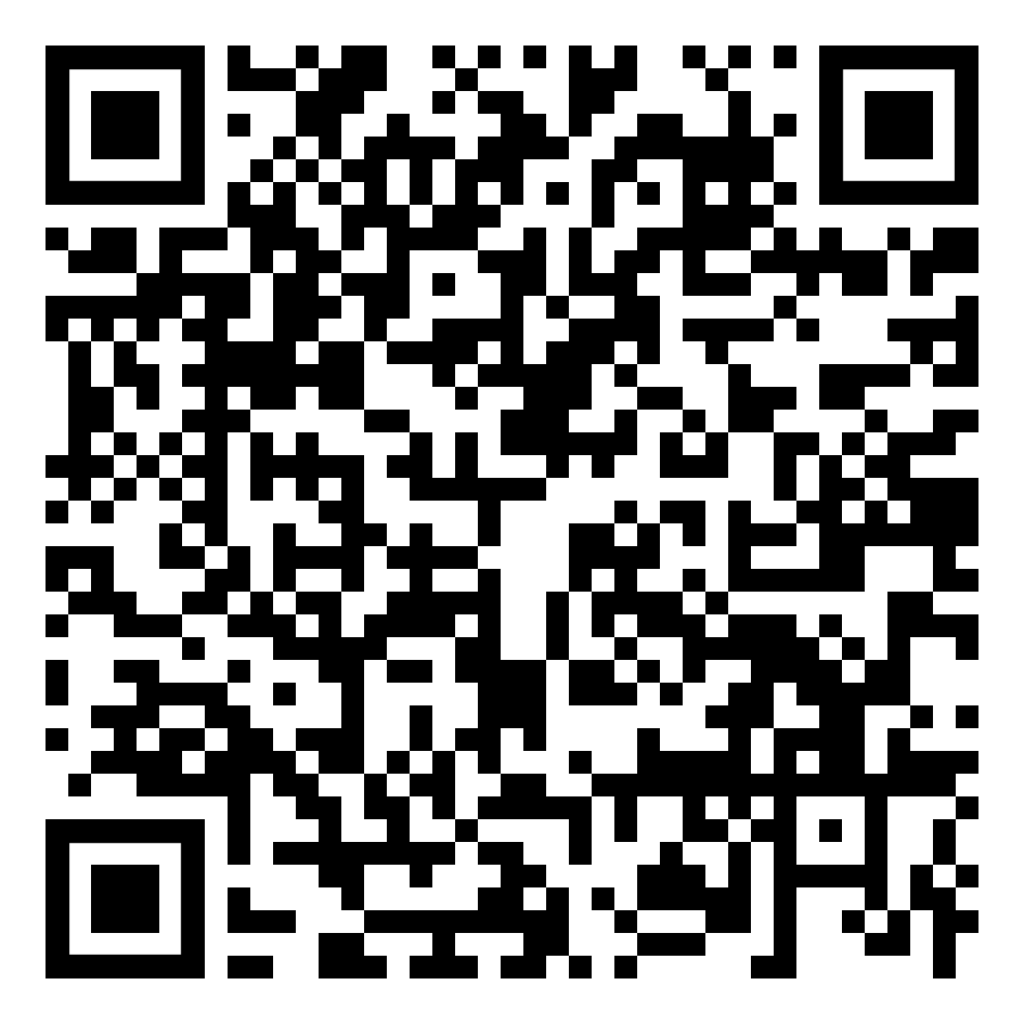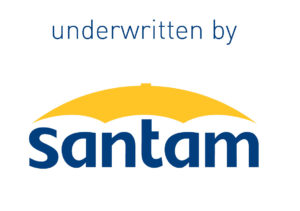By: Nico Katzke, Head of Portfolio Solutions at Satrix
Market uncertainty creates opportunities for offshore return diversification
Exchange Traded Funds (ETFs) that offer rand-based exposure to offshore markets remain a cost-effective option for South African investors to accumulate wealth despite the twin shocks of market volatility and rising inflation. Periods of market uncertainty create opportunities for investors who contribute consistently and are able to stomach short-term price volatility because they build offshore exposure by buying the dips.

One cannot comment on the benefits of offshore equity exposure without first distinguishing between saving and investing. Saving concentrate constitutes putting money aside for a rainy day; investing is about building wealth over the long term. Those focused on frequent investment contributions are able to build inter-generational wealth and improve their living standards. The key is building exposure to asset markets over many years, typically five years or longer. Short-term market movements should not influence a long-term investor’s ultimate goal of building wealth.
The age-old investing adage ‘it’s about time in the market and not timing the market’ will thus resonate with investors contemplating offshore exposure using one or more of Satrix’s nine locally-listed, global feeder ETFs. If you invest consistently then your entry and exit points become less relevant over five- to 10 years; there will be times when you buy bargains and times when you buy more expensive exposure – the important thing is to start your investment journey.
Diversification and rand hedging are often flagged as the main motivations for gaining offshore exposure. Rand hedging is simply protecting your wealth from declines in the rand versus other currencies like the dollar, euro, or pound. If the rand weakens, your portfolio returns are enhanced through exposure to offshore ETFs.
Diversification is a trickier topic, and many will argue that the JSE All Share index already exposes investors to international markets due to two thirds of local earnings coming from offshore. To get proper offshore exposure, you need to access vehicles that invest in global companies offering different sets of risks and opportunities. For example, the Satrix MSCI World ETF offers exposure to mainly developed market companies, predominantly listed in the United States, while the Satrix MSCI China and Satrix MSCI India ETFs give provide investors access to the ‘rise of the East’ megatrend that will likely play out over the next decade.

SCAN & DOWNLOAD
Our latest brochure


Mirabilis, backed by Santam, is the construction and engineering insurance underwriter of choice, offering brokers flexible, structured, and packaged solutions.
As a value-added service, you can now access our unrivalled construction and engineering insurance underwriting solutions from any electronic device via www.mirabilis.net

Contact us on: 011 880 8200
or email info@mirabilis.net

Santam is an authorised financial services provider (FSP 3416), a licensed non-life insurer and controlling company for its group companies.
Although investment platforms, like EasyEquities locally, make it easy to access investment funds that offer affordable offshore exposure, investors should consider consulting a financial adviser to ensure that their balance of onshore and offshore exposure is optimal. The ease of accessing local and global ETFs makes discretionary investing easier, and should certainly be embraced, but it does not remove the need for good financial intermediation. Intermediaries play an important role in providing guidance as to which combination of assets, using different investment vehicles, makes sense for a given risk profile and liquidity needs. It can be a daunting task to pick the funds that tie in with the rest of your investment portfolio. However, if your advisor does not make use of these cost-effective and well-diversified feeder ETFs, you should really ask why.
One of the frequently ignored considerations when investing is to match assets with liabilities. Most local investors have rand-denominated liabilities in the form of home and vehicle loans and cost of living expenses. In this context, it makes sense for you to have a healthy skew towards rand-based investments. There is merit in having a combination of rand-denominated investments and offshore investments, with the beauty of our global feeder ETF range being that they offer offshore exposure that delivers returns in rand – meaning you don’t have to repatriate returns at a high cost. Satrix’s basket of global feeder ETFs are all locally listed and traded, paying rand-denominated returns on price movements in offshore markets.
A final consideration when purchasing shares in countries such as China and India is that you transact with a firm that has enough clout to trade freely in those markets. There are a lot of considerations and risks involved in investing directly in China or India, and it is nearly impossible for an individual to trade in these markets on his or her own. Each of our global ETFs feeds into the iShares product universe – with iShares being the world’s largest index provider, having the necessary scale to transact in difficult markets.

